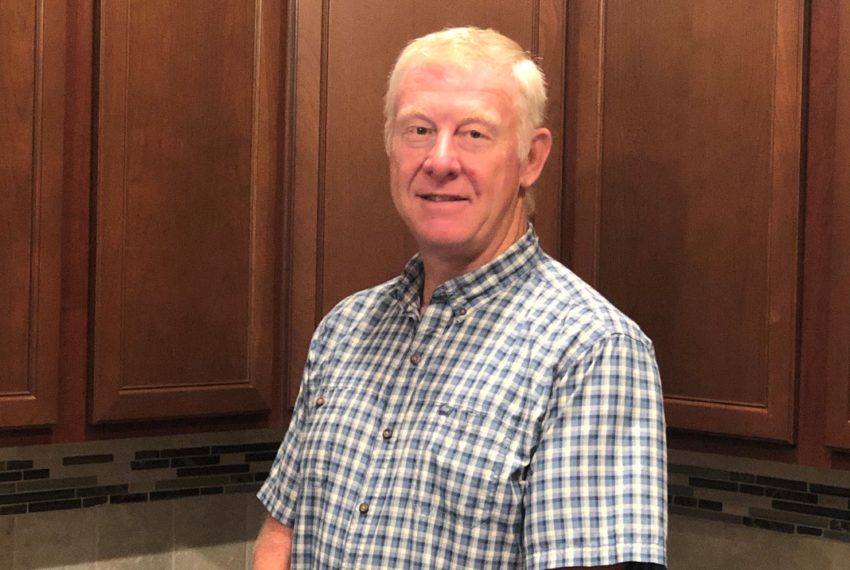
Bitely: Home builders are key to resolving lot shortages and development restrictions
While industry reports show new home construction in 2020 was the healthiest it’s been in over a decade, home builders continue to work diligently to re-calibrate the perpetual lot shortages and development restrictions that have impeded affordable new home construction for years.
John Bitely, president of Rockford-based Sable Homes, the West Michigan region’s third largest home builder, believes builders are key to resolving these obstacles.
“We, as builders, can fix the housing shortage,” Bitely said. “We know how to build the new homes people genuinely need and want right now. We just need local municipalities and the state to help support us by reducing the restrictions and new requirements that continue to slow down the home building process and add unnecessary costs for the home buyer.”
The U.S. Census Bureau recently reported home builders nationwide started construction on homes at a seasonally-adjusted annual rate of 1.67 million in December 2020, representing a 5.8 percent increase from the previous month’s figure.
Permitting for new homes occurred at a seasonally-adjusted annual rate of 1.71 million, up 4.5 percent from November, according to a Jan. 23 story in MarketWatch. Builders constructed single-family homes at a 12 percent faster pace in December.
Compared with December 2019, housing starts were up 5 percent, while permits were up 17 percent, MarketWatch reported. It was the highest-level housing starts and building permits have reached since 2006. Both figures came in above analysts’ expectations, reflecting growth in the single-family sector. The Midwest experienced the largest growth in housing starts, with a 32 percent increase.
“There aren’t enough homes in this country to go around, and we need a long-lasting surge of construction to meet demand,” Holden Lewis, home and mortgage expert at personal-finance website NerdWallet, told MarketWatch.
That’s where companies, like Sable Homes, can help as they meet the needs of everyday Americans who are an important aspect of the home construction supply chain.
“The biggest concern – and one we’ve been vocal about for years – is the fact that there’s a shortage of lots to build these homes on and our society continues to support restrictions for developing lots,” Bitely added. “Large oversized ‘McMansion’-type lots are too expensive for today’s single-family home buyer. And many, if not most, local governments have instituted requirements that prevent higher density and smaller lots that allow for reasonable home prices. The silent part of our society that wants new homes and supports community and neighborhood growth needs to speak up or risk paying the price for a McMansion and a large lot.”
In Zeeland, there’s a concerted effort taking shape to provide workforce housing needs by fostering community connections with less restrictive zoning and density requirements for those considered as part of the “missing middle” — where their income is too high to qualify for subsidized Section 8 housing, but too low for top-tier, market-rate apartments, according to Rapid Growth Media.
Bitely says single-family home builders, like Sable Homes, can accommodate the “missing middle” home buyers as well, but also the everyday working American, and provide these economic groups with well-built, top-the-line homes.
“There are companies like us that have been around for over 20 years and have survived the 2006 housing industry crash,” Bitely said. “Just like us, they know what it takes to build the quality homes that consumers want and need in today’s market – we just need to be allowed to do so. Unfortunately, restrictions are what keep these homes from being built.”
